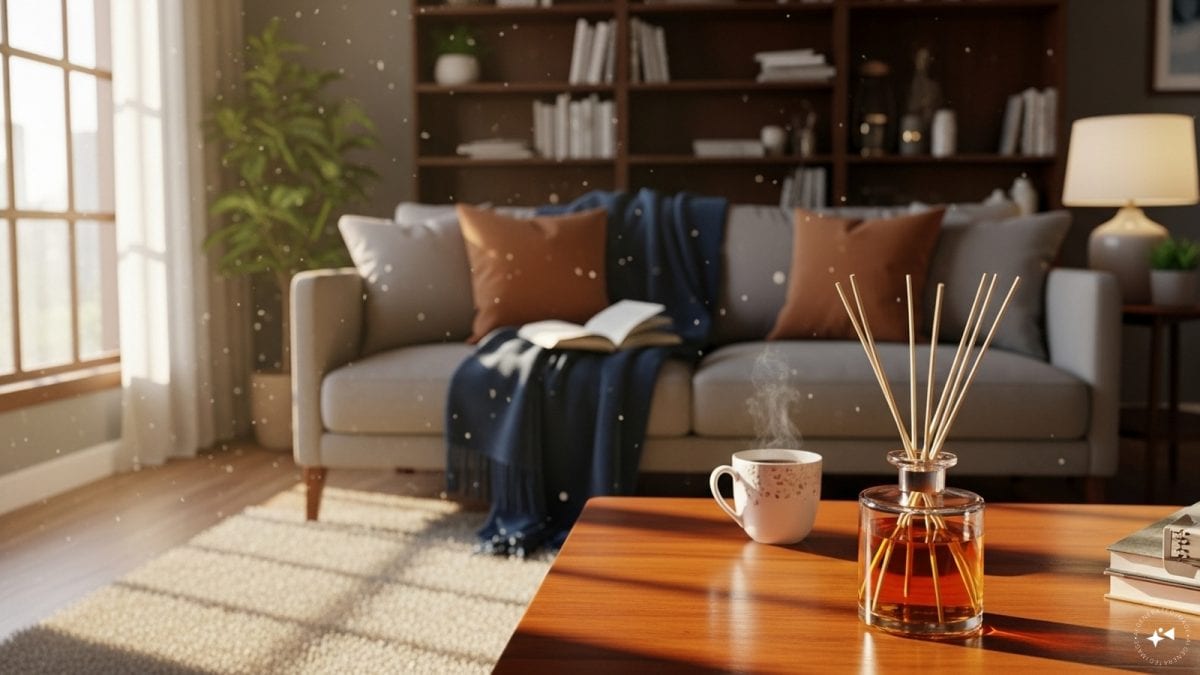Last Updated:
Three top interior designers reveal how to make large rooms feel warm, functional, and stylish without overcrowding them.

Big space, bold balance — the art of filling without overfilling
A large room can be both a designer’s dream and a challenge. While the openness offers endless possibilities, without thoughtful planning, such spaces can easily feel cold, cavernous, or chaotic. The key lies in creating balance filling the space with intention, not excess while allowing it to remain inviting, functional, and aesthetically cohesive. Three design experts share their strategies to make vast interiors feel alive, layered, and beautifully proportioned.
Think Purpose Before Placement
“Every space serves both a functional and aesthetic purpose,” says Sanjay Pareek, Co-Founder and Director, Beyond & More. He emphasises that zoning should be guided by the intended use of each area whether it’s a hotel lobby, corporate reception, or a collaborative social zone. “Ceiling height can guide furniture selection, and for densely populated spaces, pieces with acoustic properties can be incorporated to manage noise,” he adds. Different seating styles — from a formal lounge to café tables or bar stools — can visually and functionally define sections, keeping the environment dynamic yet cohesive.
Curate Focal Points, Not Clutter
A generous floor plan offers freedom, but without focal points, it risks feeling impersonal. Anisha Gupta Jain, Founder, Archipod Design Studio, suggests creating more than one visual anchor perhaps a sculptural fireplace, a grand piano, or oversized artwork. “Let each vignette tell its own story,” she says. The aim is to draw the eye across the room without overwhelming it with too many competing elements.
Let Light Lead the Way
Lighting isn’t just functional, it’s a design tool. Jain recommends architectural chandeliers to define a space’s purpose, while layered lamps can introduce intimacy to otherwise expansive corners. This interplay between illumination and shadow helps carve a sense of scale, warmth, and mood.
Balance Scale with Statement
“Filling a large space doesn’t mean cluttering it, it’s about creating balance, flow, and intention,” notes Neha Bhasin, Founder & Creative Director, Neha Bhasin Interior Design. She advises starting with a bold rug or oversized art to anchor the room, then using generously scaled furniture with clean lines to keep the space open and breathable.
Layer Textures, Greenery, and Negative Space
Bhasin also encourages layering think woven baskets, plush throws, or natural woods for warmth and incorporating tall plants or grouped greenery to add life without bulk. Just as importantly, she stresses the value of negative space: “Sometimes, the absence of objects allows the room to breathe, drawing attention to what is there.”
Blend, Don’t Match
For personality and depth, Jain recommends mixing eras, materials, and textures velvet with linen, brass with reclaimed wood creating contrast that feels collected over time rather than purchased all at once. Elegance, she says, lies in eclecticism done right.
In the end, large spaces thrive on thoughtful editing. As Pareek points out, variety in seating and function can break monotony, Bhasin’s principles of intentional layering prevent visual noise, and Jain’s focus on focal points, lighting, and material mix ensures warmth and character. Together, these strategies prove that in big spaces, less can indeed be more provided every element is chosen with purpose.

Swati Chaturvedi, a seasoned media and journalism aficionado with over 10 years of expertise, is not just a storyteller; she’s a weaver of wit and wisdom in the digital landscape. As a key figure in News18 Engl…Read More
Swati Chaturvedi, a seasoned media and journalism aficionado with over 10 years of expertise, is not just a storyteller; she’s a weaver of wit and wisdom in the digital landscape. As a key figure in News18 Engl… Read More
view comments







